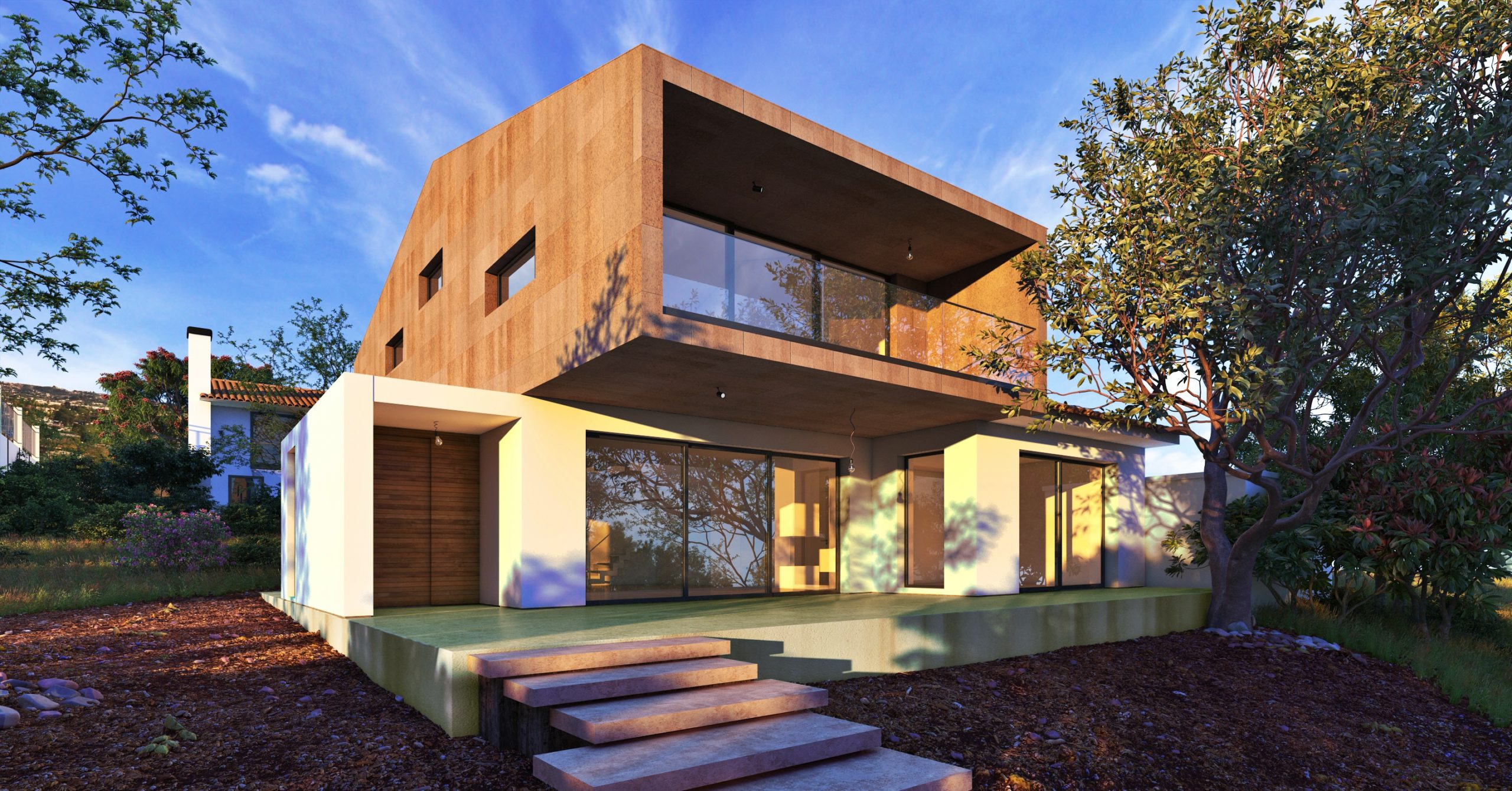
In the mid-fifties, when paper, pencil and a t-square were a designer’s primary tools for drafting, Dr Patrick Hanratty created the first numerical controlled system, the Computer-Aided Design, better known as CAD. This revolutionized the engineering and architectural landscape. A couple of years later, computer scientist Ivan Sutherland introduced the software Sketchpad, which set the ground for 3D rendering for architectural visualization. This technology set the foundation for 3D visualization as we now know it.
Over the last 20 years, architectural rendering technology has seen unprecedented advancement and widespread application. With the growing demands of clients and a competitive market, the needs and requirements are constantly changing. The architectural audience demands realistic reflections of their design concept, and the architectural rendering technology has progressed to cater to that. One can render the images of detailed 3D models so accurately that it serves as a tool for on-site communication and pre-construction marketing and sales. Manual illustrations created through overlapping projections have also made way for experiential 3D walk-throughs to aid design communication. As we look at the trajectory of architectural rendering and 3D visualization, we ponder its future. Here is what we expect from the future of visualization:
The world of designing is manned by time and money. With the need for fast results within a limited budget, the freshness to design is often unexplored due to a lack of resources. While initially, the designer couldn't experiment with permutations and combinations of forms and materials, architectural rendering and visualization software make that possible now. Designers can create multiple options for the same project on time without breaking the client’s pocket and offer unseen solutions and innovative design.
Technology-aided architectural rendering, especially 3D rendering and visualization is a cost-effective solution to designing for the future. Skylines of the cities can be designed before even a single footing is laid. For instance, one can efficiently design the structure to suit the context and explore materials beforehand. These architectural renders handhold the audience to experience the space and let that speak for itself. This way, 3D visualization technology is changing the shape of the built environment for the better.
Technology has come a long way, and the curve only goes upwards—3D visualization, especially walk-throughs, aids the limited human imagination to communicate design. Today, the 3D rendering software keeps the context, geography and climate in mind. However, this technology keeps growing daily with new plug-ins and advanced features. It would not be presumptuous to believe that the walk-throughs could be experienced in real-time one day. Interactive elements in a 3D tour, like virtually exploring materials while experiencing the space, would make fascinating additions to the vast possibilities of architectural rendering and visualization, much like a video game or an episode of Black Mirror.
Do you intend to design for the future? Quickviz can help you visualize and communicate your design through context-sensitive and realistic renders that guarantee a close-to-real experience for you and your clients.
Please reach out to us at studio@quickviz.com for architectural and 3D rendering services
© Quickviz 2022. All rights reserved.